The architectural industry is experiencing a dynamic shift as more and more stakeholders integrate virtual simulation and Building Information Modeling (BIM) into their projects. With information-rich virtual models, components of a building can be visualized more effectively. This helps to eliminate redundancies and inefficiencies.
The processes that support BIM are constantly evolving. Integrating BIM and Virtual Reality (VR) in construction fosters effective communication, quicker problem-solving, and better retrieval and presentation of information.
Table of Contents:
Quick Recap – What is BIM?
Contrary to common assumption, BIM is not software. It is the process of generating building information in the form of computer models.
These models allow seamless sharing, exchanging and reusability of data for construction planning, design simulation and facilities management. BIM simulated designs are data-rich and intelligent and are essentially parametric digital representations of your project.
In a broader sense, BIM models can be considered virtual presentations of buildings. However, BIM is more than just an object-oriented 3D model creation methodology.
Types of BIM Models
A typical BIM model can generate and maintain information produced during a construction project’s lifecycle, right from design to maintenance. With the help of BIM models, you can:
-
Generate customized data sets and views
-
Analyze and apply these data sets to generate new information
-
Design nD/BIM models since the methodology is capable of generating multi-dimensional data
Let’s look at some of the common data models:
-
3D BIM models
These models utilize the spatial geometry and physical and mechanical properties of parametric objects to create modeling processes of architectures, structures and MEP.
-
4D BIM models
4D models link various 3D elements with time schedules. These refer to construction planning, which supports the virtual simulation of a building’s construction. With 4D BIM models, it becomes easy to compare planned vs. real sequences of processes.
-
5D BIM models
These models are associated with cost estimation. Based on the material quantity in every step, financing can be planned with 5D models.
-
6D BIM models
The energy consumption estimate for the project and its subsequent monitoring, measurement and consumption is supported by 6D models.
-
7D BIM models
7D models support the building maintenance activities and facilities management that are required once residents occupy the building.
Present-day virtual simulation devices allow stakeholders to venture into a virtual world and interact with this virtual space and its components.
An interesting aspect to note here is that creation and manipulation of design data is the essence of BIM and visualization of virtual world and interacting with it is the front-face of virtual simulation – so, the avenues to make use of virtual reality in architecture are endless with unlimited potential.
Currently, VR and AR in BIM are limited to 3D models. Before cost forecasts and sustainability studies, Revit models are essential for a building project. Some are required by customers while others are government mandates for licensing.
Take a look at how virtual simulation affects architecture:
-
Simulating water and drainage
Even a two-storied building needs to address water distribution on different floors. With VR, simulations of drainage systems can be created to ensure that the water pressure is consistent across the floors and the effluence does not retract in the pipes.
With architectural VR software, a simulated fluid movement for any building can be generated while bearing the volume flow, pressure and decline in gravity in mind.
-
Creating fire-suppressing and fire-resistant designs
In the event of a fire, two (of many) scenarios can be imagined:
-
The building is adequately protected with fire suppression systems
Or;
-
The building is fire-resistant
Whether you go for a liquid-based fire suppression system, such as water, or a gas-based system containing nitrogen or carbon dioxide, the system needs to be thoroughly planned and tested so that minimum damage occurs in the event of a fire.
Liquids and gases have specific properties for dealing with fire, and you can create the most effective fire-combating system for your building through virtual simulation.
Additionally, different materials burn at different rates, and fire behaves differently in different environments. Long, vertical spaces act as vortexes for flames and heat when a fire breaks out. On the other hand, enclosed spaces cut off the oxygen supply and change the burning rates of materials inside them.
All of this can be simulated brilliantly with a 3D environment to predict the path of flames and test the fire resistance of the materials.
-
-
Regularizing product flows
Irregular product flow compromises the structural integrity of a building.
Water distribution systems, waste removal systems, and fire suppression systems all need to be planned properly to avoid expensive mistakes and rework.
VR architectural visualization, as well as BIM clash detection, help in understanding these flows to prevent future mishaps.
-
Ensuring the structural integrity of a building
Probably one of the most important benefits of virtual reality in architecture is the ability to test structural models against natural disasters.
Fire, earthquakes, floods; wind storms are all events which can reduce a building to dust. When done right, the simulations can help prevent life and material damage from natural calamities and catastrophes.
-
Controlling crowds
When several people move across a floor, they behave as a “liquid”. Tighter places lead to accelerated speeds as everyone tries to get out in the event of an emergency. On the contrary, the speed slows down when the area is large.
This dynamics change if the spaces are enclosed, just like a valve changes the liquid flow inside a pipe. Simulations help in designing more efficient emergency exits to make the building safer.
-
Creating efficient waste management systems
Waste removal and treatment is a critical challenge for many commercial and residential buildings. Whether you have a manufacturing unit or a residential property, it will generate copious amounts of waste.
With BIM VR, you can ensure that waste is removed the way it should be, whether it’s liquid or solid. This plan will help you obtain compliance from the EPA and adhere to local and state safety regulations.
VR leads to better communication amongst key stakeholders. Different data sets allow architects, builders, and contractors to forecast problems and determine solutions.
Saj from BluEntCAD explains, “I truly feel that BIM methodology and VR have the potential to change the construction and building industry. VR applications such as architectural walkthroughs and augmented reality are the future of VR BIM. VR enables a user to immerse completely in a 1:1 scale.
“With VR, architects, building engineers, and construction management professionals feel empowered since the designs are better visualized and collaborated upon.”
If you are in need for BIM services and virtual simulation, from architectural animation to 3D rendering services, BluEntCAD is just a click away. We cater to homebuilders, architectural and engineering companies, real estate developers, and home designers for large to medium sized projects.
Browse our portfolio to see how we’ve helped companies like yours.
Contact us now for BIM and 3D rendering services!
Maximum Value. Achieved.


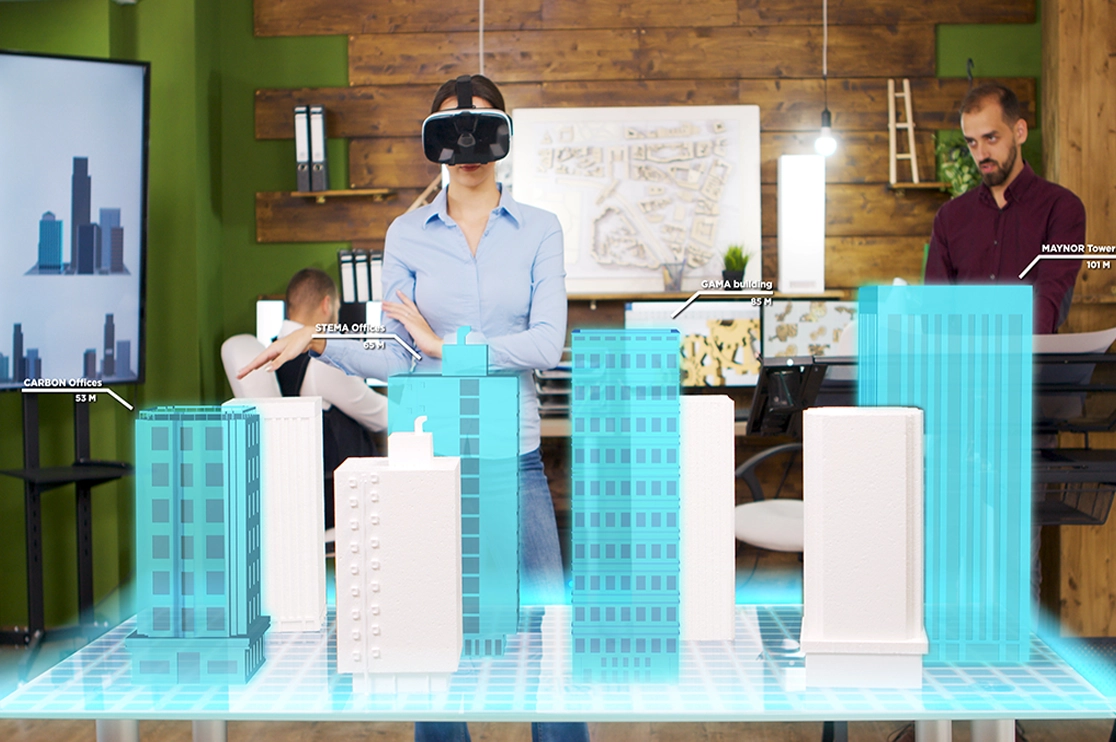

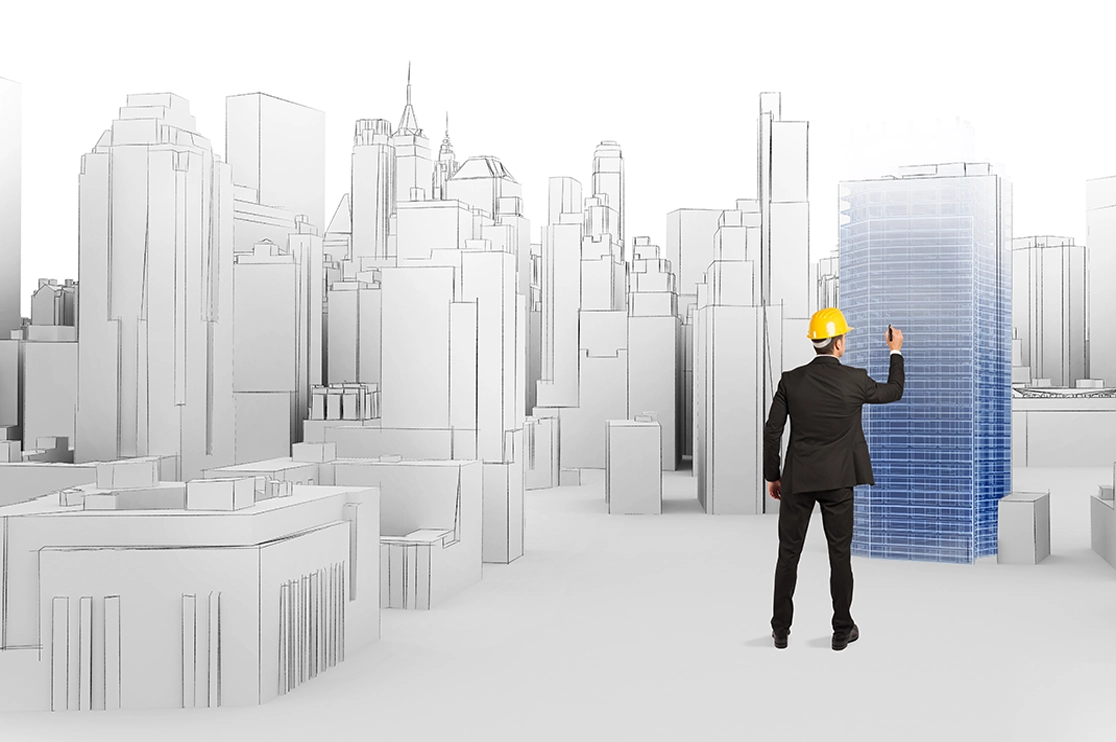
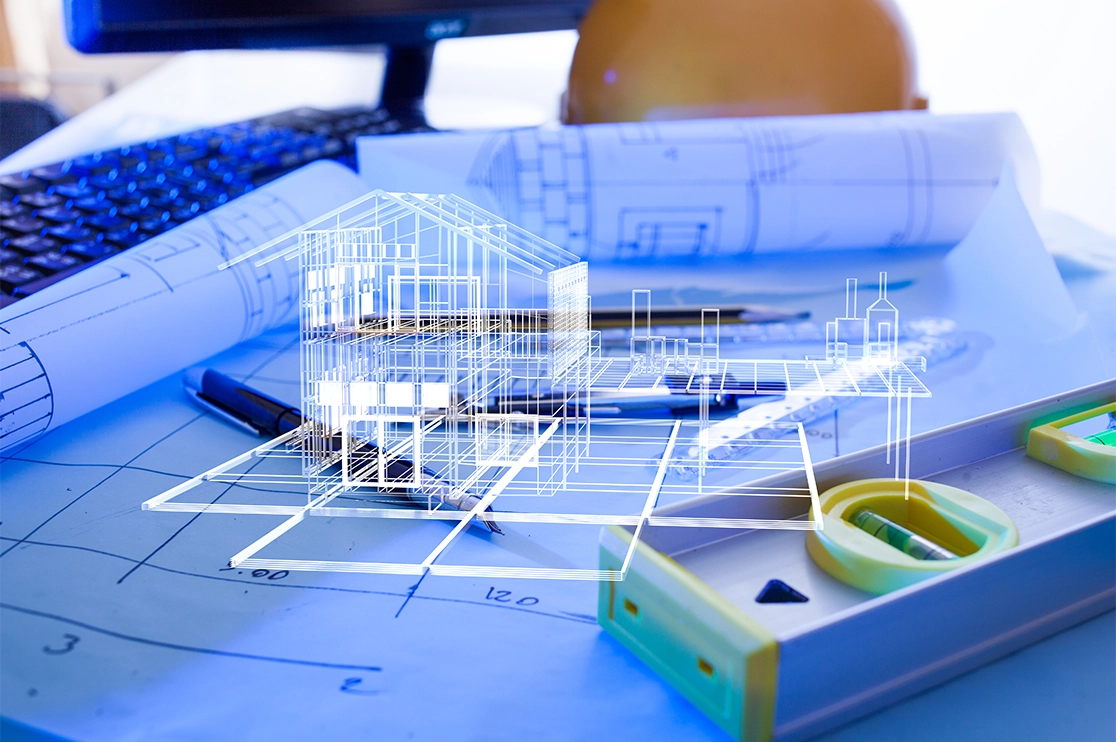

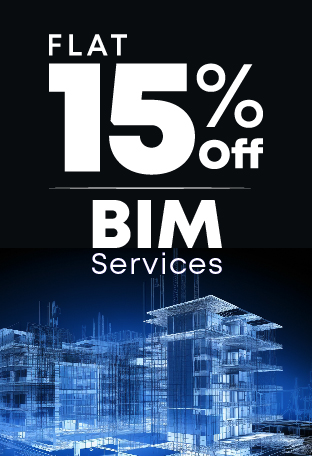


 How AI BIM Modeling Shaping the Future of Residential Construction?
How AI BIM Modeling Shaping the Future of Residential Construction? 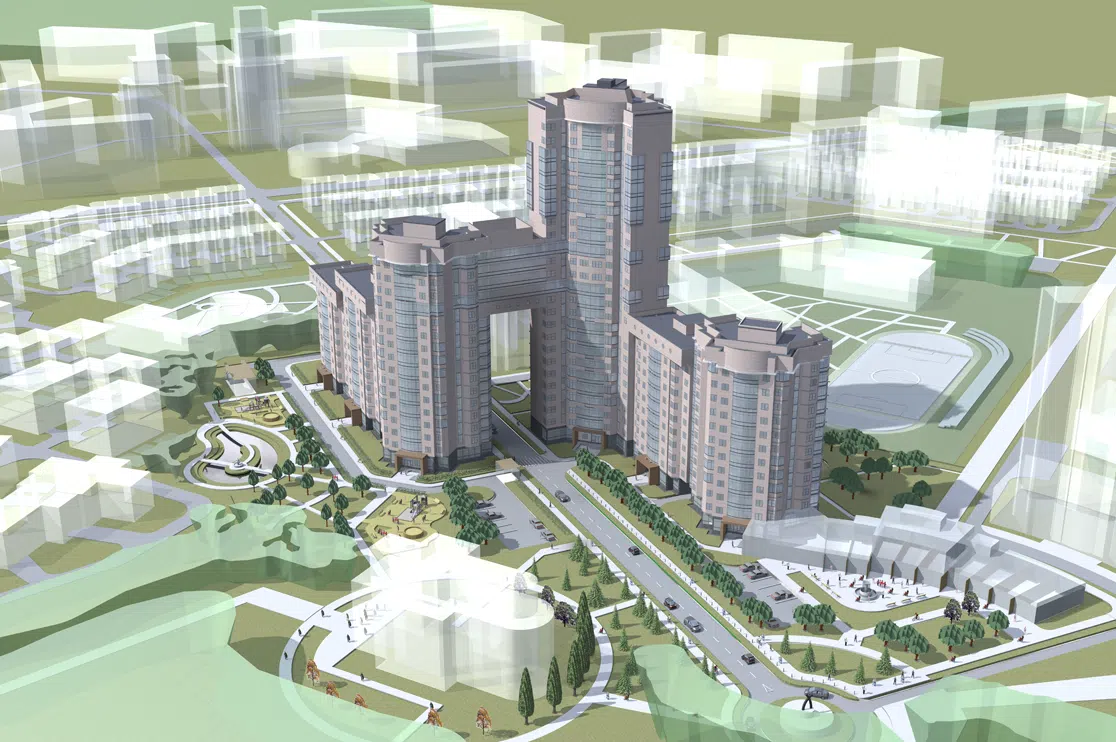 Architectural Rendering: Revolutionizing Urban Planning for Future Cities
Architectural Rendering: Revolutionizing Urban Planning for Future Cities 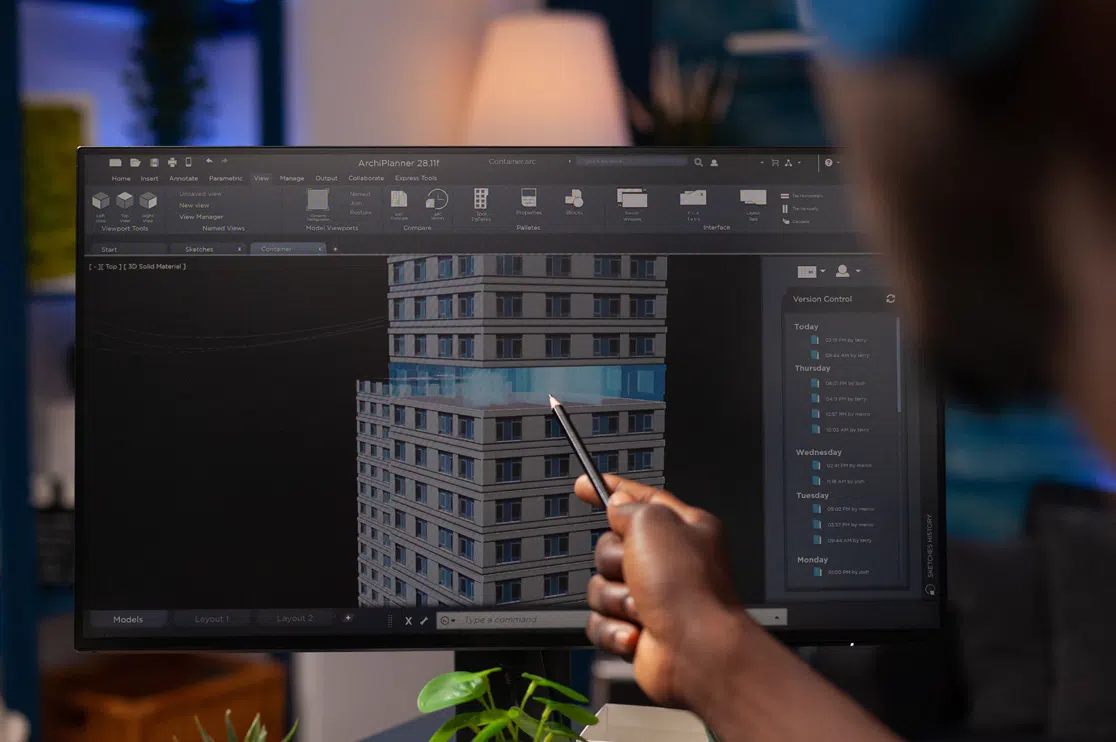 How BIM Services Enhance Collaboration, Design Choices, and Project Efficiency for Architects? – A Guide
How BIM Services Enhance Collaboration, Design Choices, and Project Efficiency for Architects? – A Guide  Real Estate Virtual Staging: Avoid These Mistakes to Sell Your Home Fast (With Pro Tips)
Real Estate Virtual Staging: Avoid These Mistakes to Sell Your Home Fast (With Pro Tips)